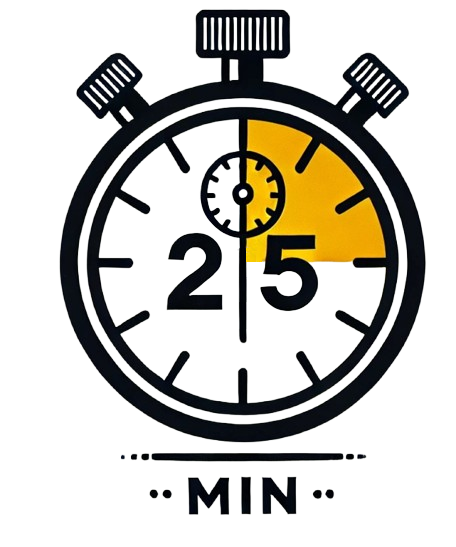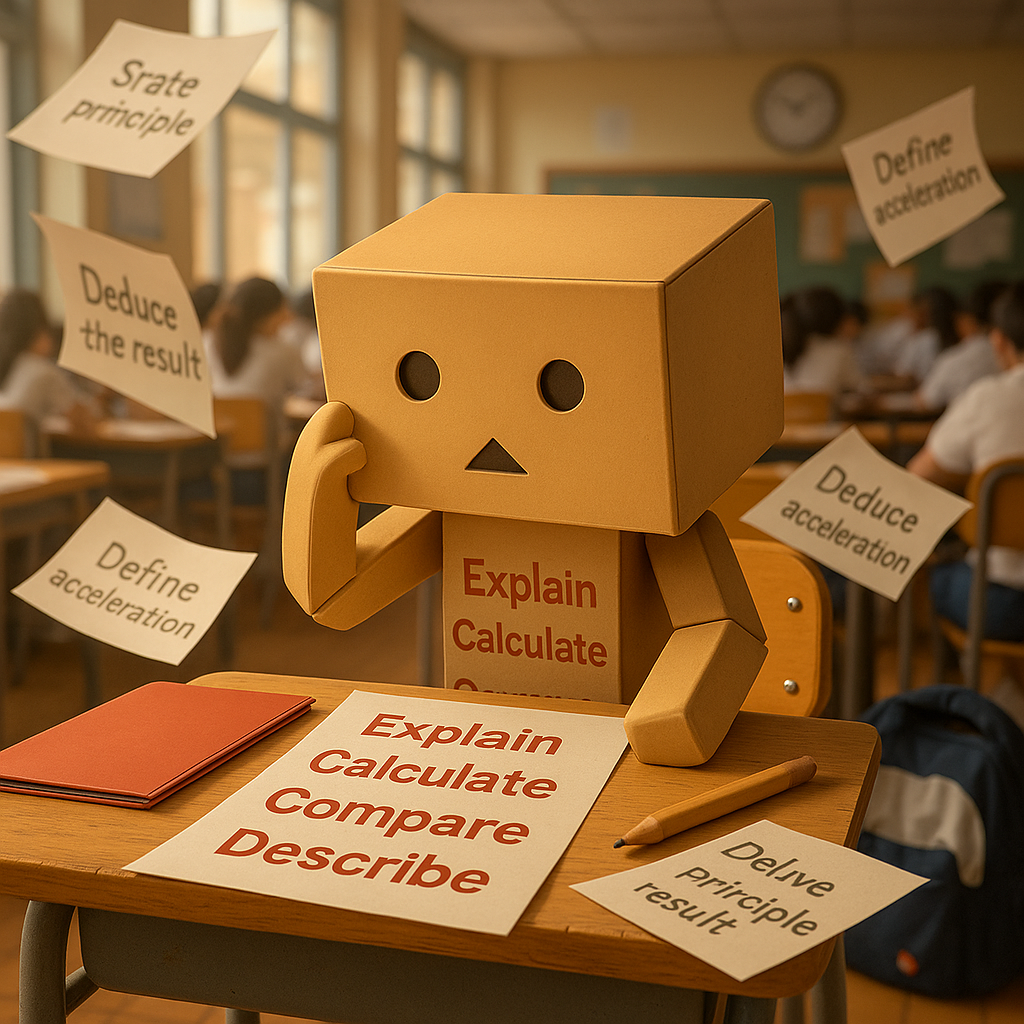
Staying Active While Studying: How the Pomodoro Method Helps Your Body - Part 3
Sitting still for hours can leave your body feeling stiff, sore, and low on energy. By using the Pomodoro Method’s short, focused study blocks and regular breaks, you get natural reminders to move around—stretching your neck, rolling your shoulders, or simply walking in place. These brief moments of activity improve your posture, boost blood flow, and help you return to your studies feeling refreshed. Over time, being active during your breaks not only helps you feel better physically but also sharpens your concentration, making your overall study time more productive.

Understanding Why Short Study Sessions Work Better - Part 2
Ever find your mind wandering after studying for a long stretch? It's not your fault—our brains aren’t wired to stay focused for hours without breaks. Research shows that attention fades over time, making it harder to retain what you’re learning. By breaking your study time into shorter, focused sessions with regular breaks, you can stay sharp, avoid burnout, and remember more. Discover the science behind why short study bursts, like the 25-minute Pomodoro sessions, are more effective than cramming for hours on end.

What is the difference between Physics and Science (Physics)? 'O' Level 2024 comparison.
Parents would ask about the differences between pure sciences and combined sciences every year. Some tutors or other experienced parents would often say that there are not many differences between the two subjects, i.e. there are a few topics lesser in the combined science, or combined science questions are less difficult. The truth is that there are many subtopics and learning objects that are covered by the pure sciences but absent in the combined science.

How to Answer Science Questions Properly: Mastering Exam Command Words (with Real O-Level Physics Examples)
Confused by exam command words like "Describe", "Explain", or "Calculate"? This guide breaks them down with real O-Level Physics examples (and Chemistry too!) to help you write smarter answers, gain marks, and feel more confident in science exams.
